Latest IIHS Crash Tests: Throwing Small Crossovers at the Wall, Seeing What Sticks

The Insurance Institute for Highway Safety (IIHS) has released new ratings for seven small utility vehicles. For the most part, the pint-sized crossovers performed amicably. However, none of the models were worthy of the group’s coveted “Top Safety Pick Plus” award due to subpar headlamp performance, while a couple of models were found structurally deficient after being confronted with the dreaded small overlap crash test.
Ford’s Escape received an overall poor rating and came away from the test with the worst structural deformation within the group. Senior IIHS research engineer Becky Muller noted that Ford reinforced the diver’s side of the vehicle for the 2017 model year but negated extending that courtesy to passengers.
“Disparities like this one are why we decided to formally rate the passenger side in the small overlap test after five years of evaluating only the driver side,” she explained. “Manufacturers shouldn’t shortchange protection for front-seat passengers.”
At 40 mph, results showed the Escape running a high risk of serious hip injury to front passengers while providing “marginal” passenger restraint. Its side curtain airbags also failed to deploy properly, a problem that also cropped up on the Mitsubishi Outlander Sport (RVR in Canada). While the Outlander Sport faired better overall, due to less structural deformation, its lackluster passenger restraint systems were deemed inferior to the Ford.
The rest of the lineup received “good” overall ratings, with the BMW X1 and Mitsubishi Outlander (which is larger than the Outlander Sport) averaging slightly better marks than the Chevrolet Equinox, GMC Terrain, and Jeep Compass. The larger Outlander also qualified for the IIHS’ standard “Top Safety Pick” distinction.
None of this means we’d want to be seated in one of these vehicles in a head-on collision with a much larger SUV, but it’s good to know where they stand against each other. Still, the most useful tidbit of information comes from the prioritization of driver’s side safety to meet the old testing standard. We imagine Ford will bolster passenger side protection on the Escape for the next production cycle as a direct response to these results. The brand’s F-Series pickup also struggled with small overlap testing in 2015, but Ford ultimately revised the model to achieve superior structural crashworthiness within its segment. For 2018, the F-150 was only out-shined by the Honda Ridgeline in overall protection.
[Images: Institute for Highway Safety]

A staunch consumer advocate tracking industry trends and regulation. Before joining TTAC, Matt spent a decade working for marketing and research firms based in NYC. Clients included several of the world’s largest automakers, global tire brands, and aftermarket part suppliers. Dissatisfied with the corporate world and resentful of having to wear suits everyday, he pivoted to writing about cars. Since then, that man has become an ardent supporter of the right-to-repair movement, been interviewed on the auto industry by national radio broadcasts, driven more rental cars than anyone ever should, participated in amateur rallying events, and received the requisite minimum training as sanctioned by the SCCA. Handy with a wrench, Matt grew up surrounded by Detroit auto workers and managed to get a pizza delivery job before he was legally eligible. He later found himself driving box trucks through Manhattan, guaranteeing future sympathy for actual truckers. He continues to conduct research pertaining to the automotive sector as an independent contractor and has since moved back to his native Michigan, closer to where the cars are born. A contrarian, Matt claims to prefer understeer — stating that front and all-wheel drive vehicles cater best to his driving style.
More by Matt Posky
Latest Car Reviews
Read moreLatest Product Reviews
Read moreRecent Comments
- Carson D Just don't be the whistleblower who reports on the falsification of safety data. That's a deadly profession.
- Carson D I'd have responded sooner, but my computer locked up and I had to reboot it.
- Todd In Canada Mazda has a 3 year bumper to bumper & 5 year unlimited mileage drivetrain warranty. Mazdas are a DIY dream of high school auto mechanics 101 easy to work on reliable simplicity. IMO the Mazda is way better looking.
- Tane94 Blue Mini, love Minis because it's total custom ordering and the S has the BMW turbo engine.
- AZFelix What could possibly go wrong with putting your life in the robotic hands of precision crafted and expertly programmed machinery?

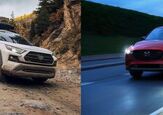
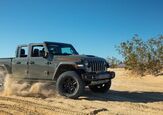
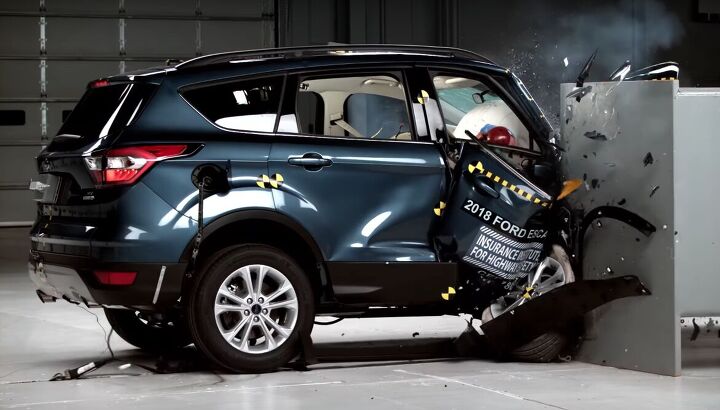















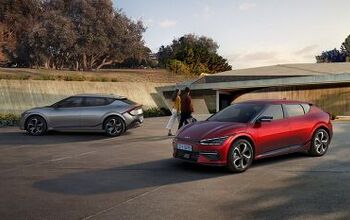
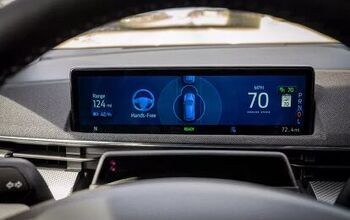

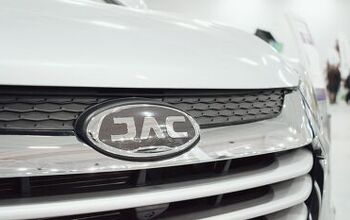
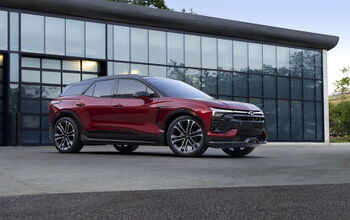
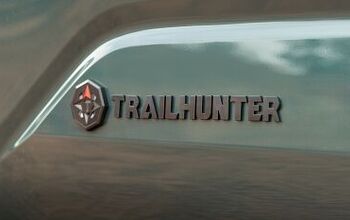
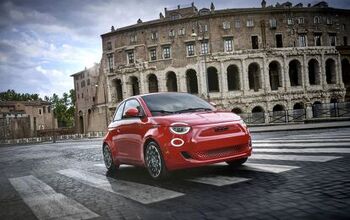
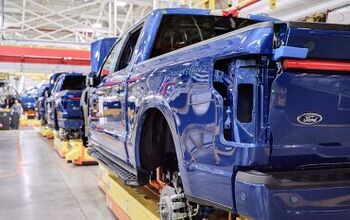
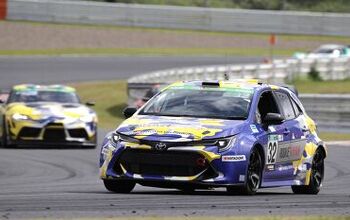
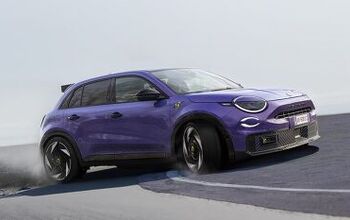
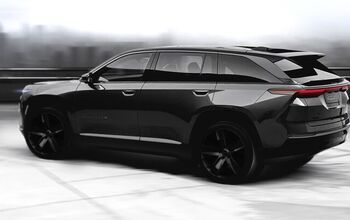
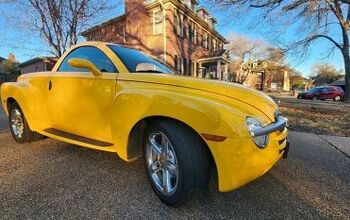

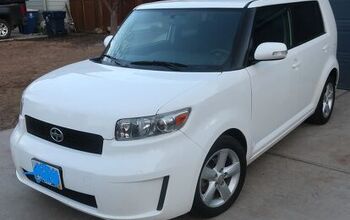
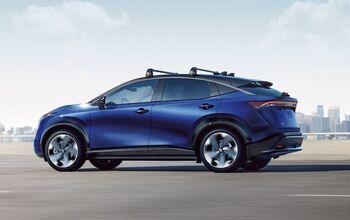
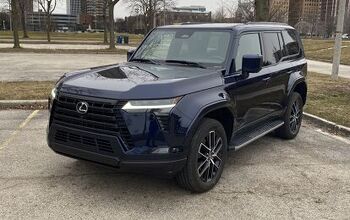

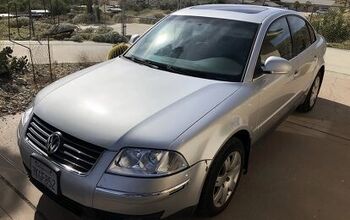
Comments
Join the conversation
Ford reinforced only the driver's side of the chassis because that was the side that got tested. VW programmed the diesel emission control to pass only while under government testing. Their behavior is why I laugh whenever I hear a conservative politician or voter complaining the government regulation is too intrusive. At least the conservative politician whines because he gets paid by the industry that is being inconvenienced by regulations. What does the conservative voter get? Does he really want to put his family in a car that was designed and engineered without the Big Brother's supervision? Does he really want to feed his baby with food or medicine that wasn't regulated by FDA? Does he know that he can now breath cleaner air and drink cleaner water while snickering about the smog in China, because of the work that EPA has been doing in the last 40 years? EPA, FDA, NHTSA, OSHA, and the such came into existence not because someone in the government was bored and decided to come up with something to torture the capitalists. They came into existence because the average voter and his family had died in flaming cars, from polluted water, from adulterated medicine, or at dangerous workplace.
Important consideration when choosing your next vehicle. Its not only your own death, or of your passengers, but the possible lifetime of crippling injuries.